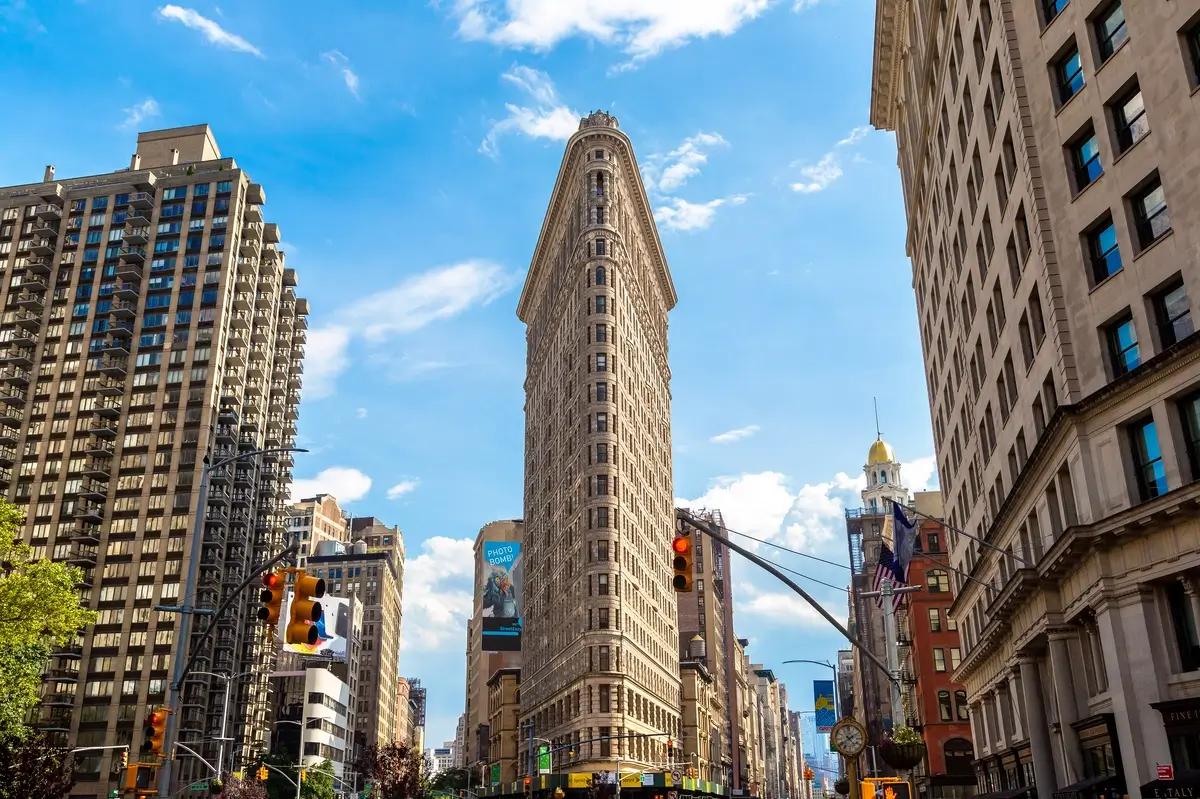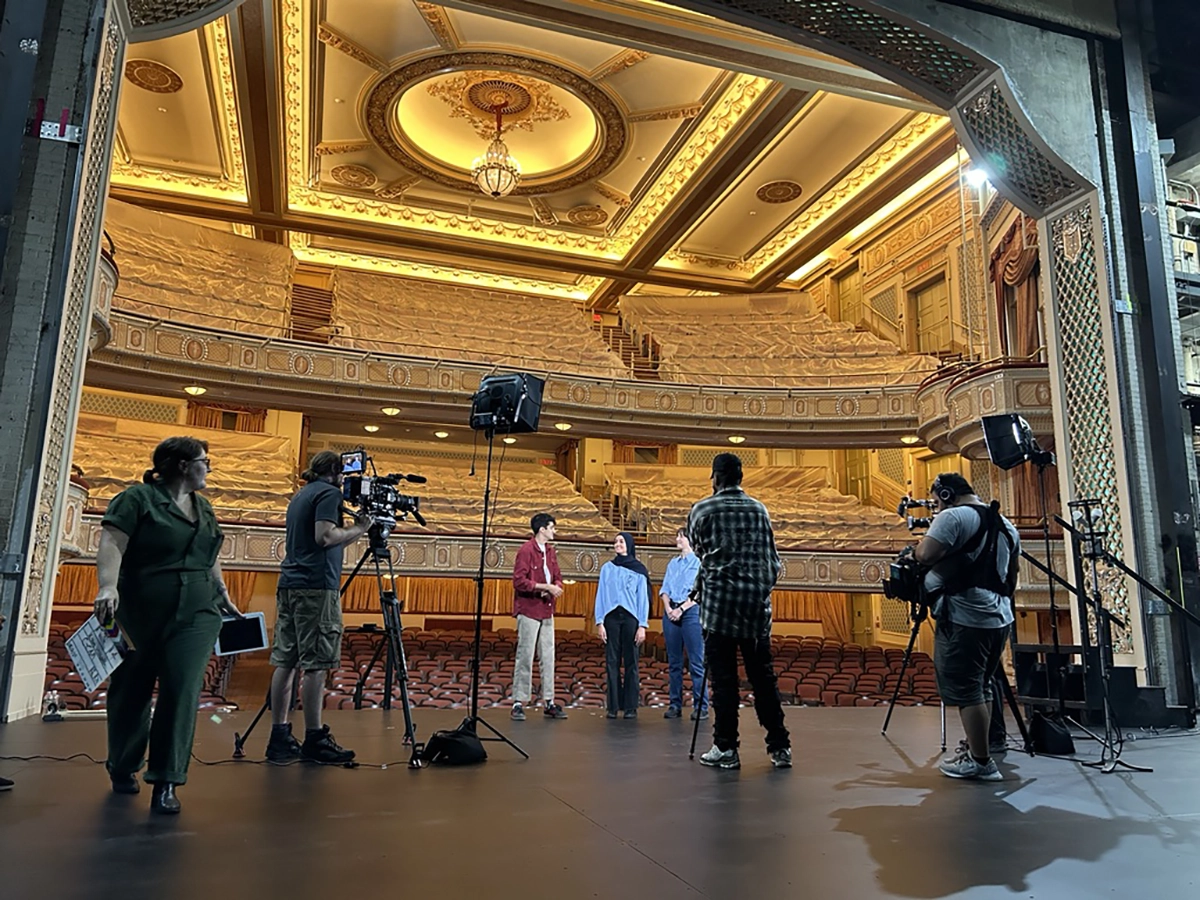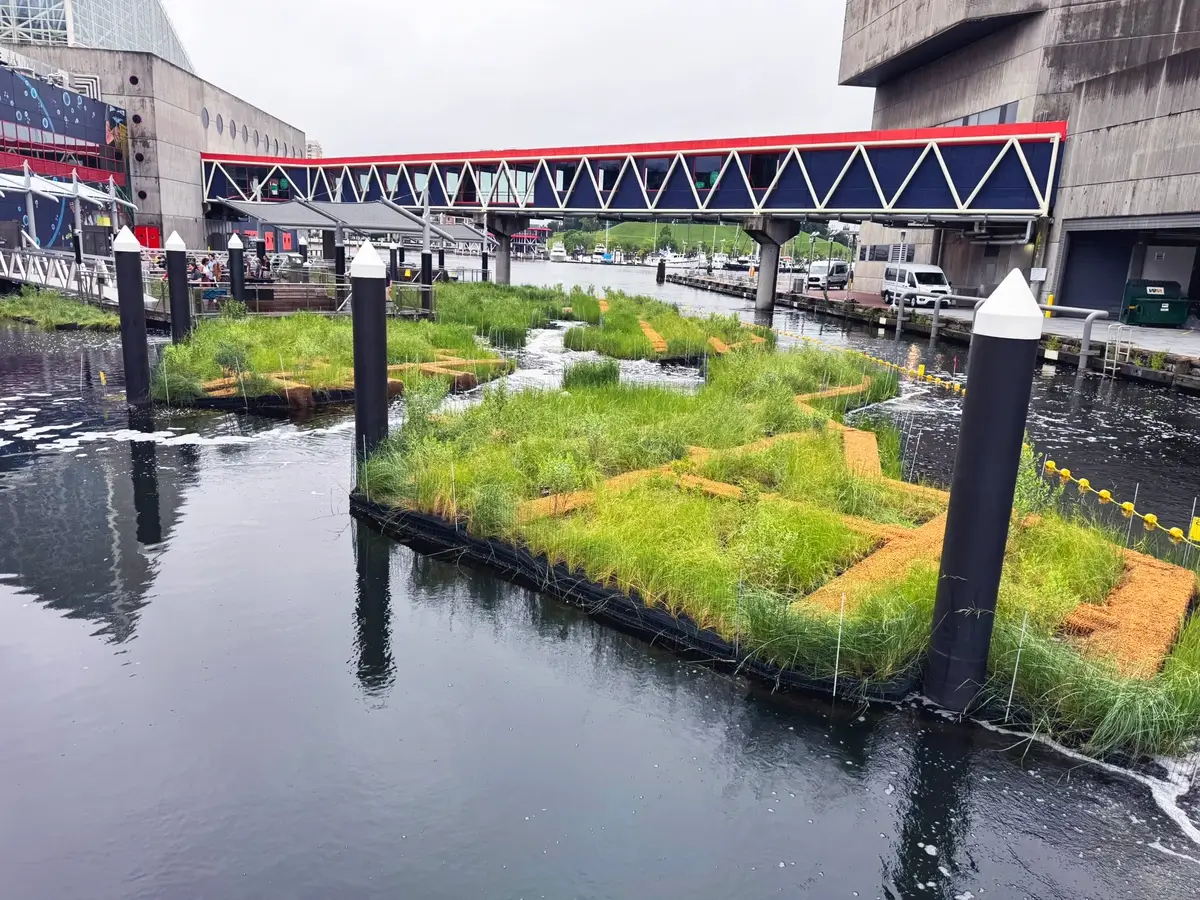Ramapo College Dormitory and Dining Hall
McLaren Engineering Group completed structural engineering and design services on a Ramapo College’s five-story, 67,000-square-foot dormitory and 8,000 square-foot dining hall in Mahwah, NJ. Working with Comerro Coppa Architects, McLaren helped Ramapo College kick off a multi-phase capital program with this phase one multi-building project.





